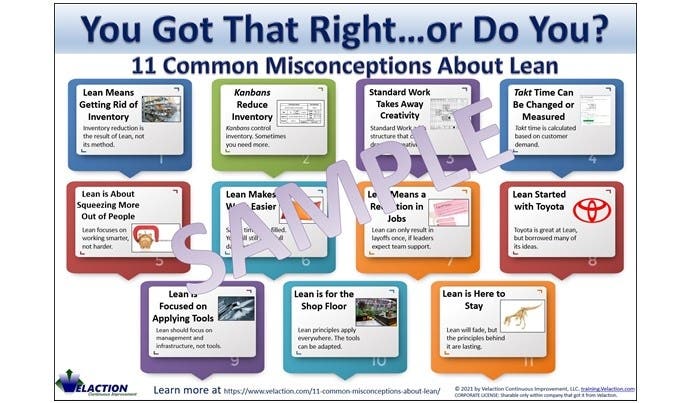Lean will not thrive if there is not a solid management structure in place. You may be able to coax some progress out of the tools, but without a shift in how the business is managed, it will simply be a collection of disjointed tools and not a business philosophy.
Our Lean Management Overview class shows how several of the main leadership methods interact to form a structure upon which to overlay the Lean toolkit.
This class walks students through the components of a typical leadership structure, including daily management, KPIs, policy deployment, countermeasures, and operations reviews. It is intended to educate the leadership team on the need to create a management structure in their Lean organization. Many leaders use the "gut feel" approach when guiding their organization. Some have personal systems that serve them well. But few create an organization the coordinates the leadership efforts at all levels of the organization.
Without a sound system, it is hard for leaders to make decisions in the absence of guidance, and it makes personnel transitions, especially in key positions, far more challenging than they should be.
In this presentation, the instructor will guide the learners through the framework of an effective Lean management system. Leaders at each level of the organization, from senior executives on down to frontline leads can see how what they do affects the entire company.
View the full course curriculum and additional information at CI Central.
You will receive an email with a link to download your digital product. This link will expire after 3 downloads.
This products contained in this download pack come with corporate licenses which allow you to share the product within your company only.
The licenses are automatically assigned to the company name used in the purchase of the product, or if no company included in the purchase, to the company email used in the transaction. If a personal email is used, the license must be manually assigned.
The license is permanent and non-transferable. It is valid only for single reporting units of companies under 20,000 people. For example, that means that a holding company would need licenses for each company in its portfolio.





















